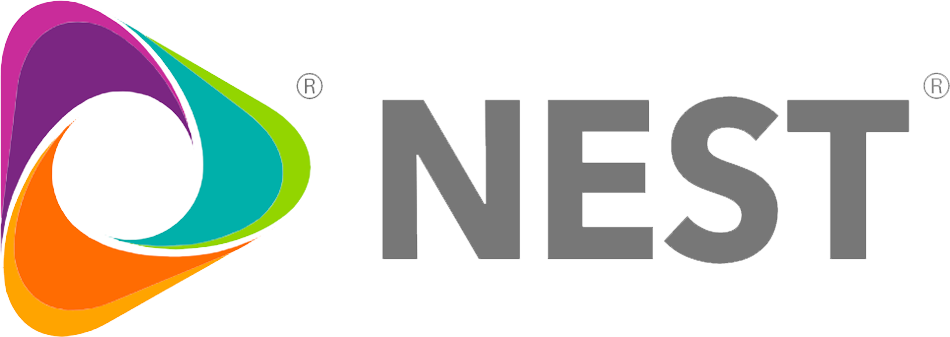Managing facilities for today’s multi-site organizations is a big undertaking. Meeting the requirements of employees, customers, and other stakeholders across space, infrastructure, and technology is a complex and dynamic process. Tools such as work order management software (WOMS) are essential to the productive management of time, labor, and other resources.
However, if your work order management software is siloed off on its own, it’s probably not meeting its full potential. Your work order platform can deliver significantly more value when part of an integrated facilities management (IFM) solution. Here’s how:
First, What Does Work Order Management Software Do?
Work order management software assigns, tracks, and records work orders. Scheduling, dispatch management, and status reports are also typically included on a WOMS platform.
However, additional features or customization are not always provided, and integration with other program components or existing business systems is not necessarily part of the solution.
Furthermore, many platforms charge users subscription or “tech” fees merely to access it, including service providers. Vendors will typically pass on these platform costs to clients, resulting in organizations paying twice for external team members to use it.
How Integration Improves the Value of Your WOMS
Work order management software can provide essential data, but it’s limited in leveraging this to benefit your program performance or your organization more broadly. Integration with other program components characteristic of an IFM solution unlocks additional value from your WOMS to increase operational efficiency, uncover cost savings, and elevate the traditional mindset around FM from tactical to strategic. Here are a few examples.
Integration With an Operational Command Center & Independent Service Provider Network
For a multi-site organization, managing outsourced service providers is a job in itself. If you’re doing the sourcing, scheduling, compliance checks, and work reviews, you probably don’t have time to do anything else.
An IFM solution with an operational command center undertakes these administrative responsibilities and integrates with the WOMS to streamline the entire process. Command center access to work order status in real time enables quicker provider assignment, oversight across work order progress, and nimbler deployment of contingency measures when required. The command center team can also manage provider reviews and status reports.
When an Independent Service Provider (ISP) network of fully vetted and experienced vendors is added to the mix, service providers can add work order details to the WOMS in real time, work orders are completed more effectively, and client standards are met一if not exceeded.
The internal FM team recovers lost time and achieves a more efficient end-to-end workflow.
Integration With Reporting Functionality
Data is only helpful if it can be easily accessed and leveraged. If your work order management software isn’t integrated with your existing reporting platform, someone will have to harvest its data and upload it by hand. That adds time and steps to the process, significantly increasing the margin for error along the way.
Simplifying this workflow is straightforward with an IFM solution that includes automated data extraction, data visualization, and business intelligence capabilities. And trends in asset maintenance, first-time fix rate, or location-based service call volume, for example, emerge more easily and at speed, enabling corrective action sooner.
When these workflows are automated via integration with an IFM analytics functionality, your WOMS and its data become significantly more powerful to the FM program and your organization.
Leveraging Work Order Management Software for Financial Consulting
Work order management software can provide even more value when leveraged effectively to provide data supporting actionable insights for your FM program. As part of an IFM solution, expert financial consulting can translate program data into resonant metrics with budget impact.
When working together, WOMs and financial consulting can help track capital expenditures, adjust maintenance budgets in real time, better understand seasonal spend variances, and improve forecasting and program-level budgeting. In short, this integration benefits not only the facilities team but also the C-suite. With easily accessed, meaningful data, leadership can make better decisions and improve organizational agility.
The NEST IFM Solution
NEST’s IFM solution includes Facilitate, an industry-leading work order management software that works in concert with other solution components, such as powerful analytics, financial consulting, and more, to optimize your FM program. Together, these components elevate FM from a tactical function to one impacting strategic decision-making.
Facilitate offers intuitive, web-based functionality with end-to-end work order automation, easy-to-use dashboards, and integration with your existing ERP infrastructure. Its mobile app provides users from the field to the C-suite access to data in real time, from anywhere.
With access to granular data一even down to the GL Code level一and dynamic data exports, Facilitate enables full program visibility. When combined with NEST’s powerful analytics and financial consulting services一also part of its IFM solution一data and insights are easily gathered to uncover operational inefficiencies and cost savings. Budgeting is more predictable and easily managed.
NEST’s Independent Service Provider (ISP) network delivers comprehensive services from cleaning to trades, project management, and construction. Scheduling, service, and compliance are overseen by NEST’s Operations Command Center team 24/7/365. Both are IFM components that integrate with Facilitate to streamline workflows to improve your FM program performance.
In total, NEST’s IFM solution is the comprehensive approach to FM management that enhances WOMS value, enables stakeholders to optimize FM program success, provides leadership the data and insight they need to make better decisions, and moves their organization to a better, more strategic footing.







